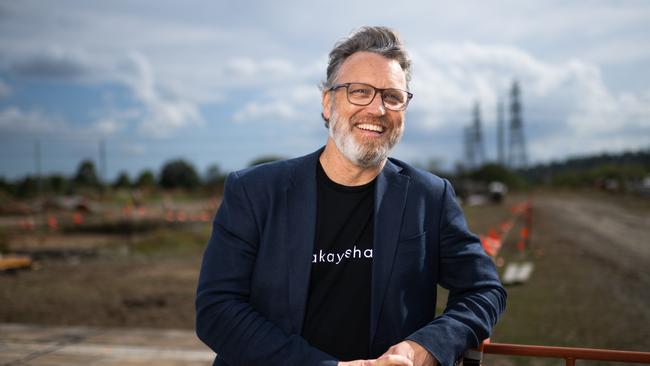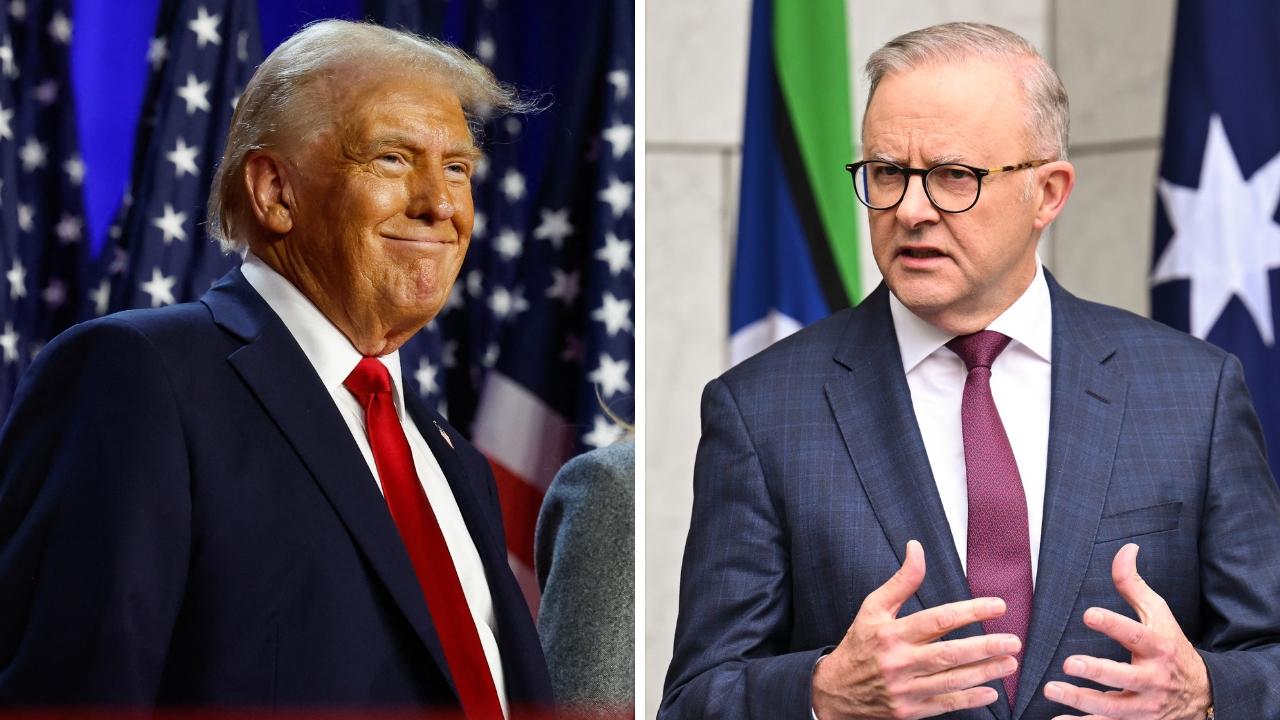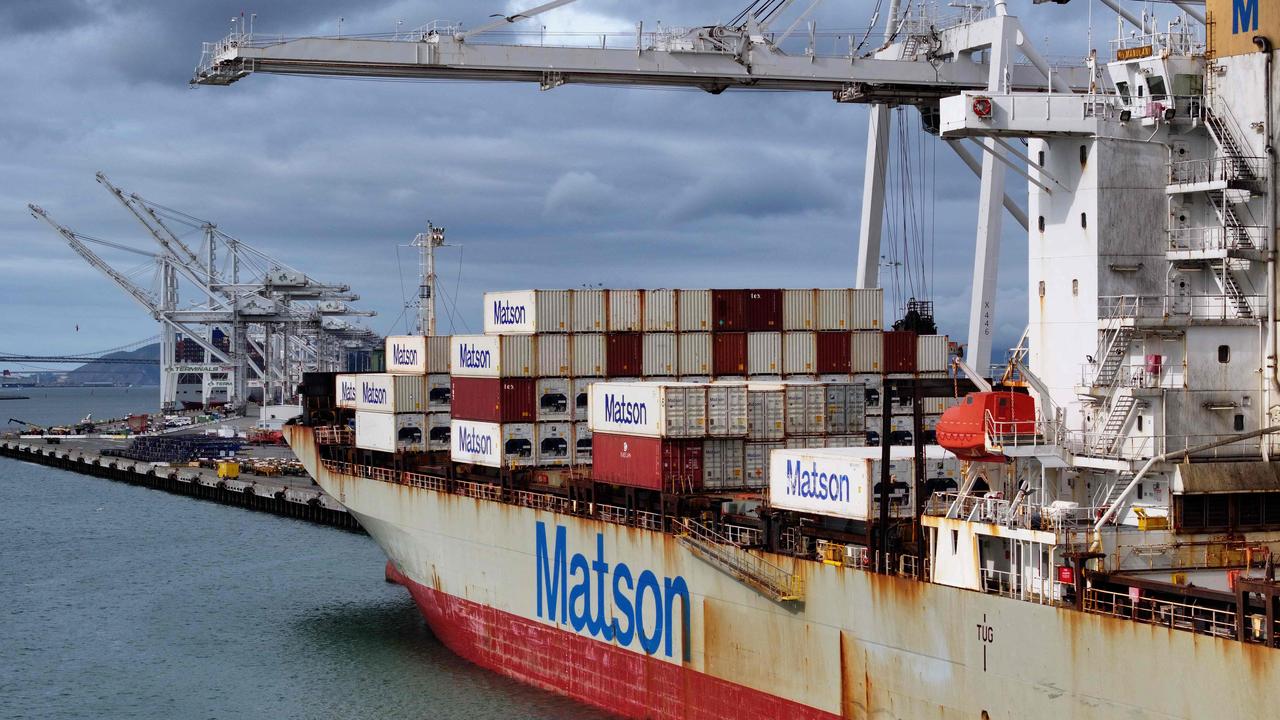High voltage: BlackRock backs battery roll out
BlackRock-backed Akaysha Energy is rolling out a network of large-scale batteries to underpin the grid as more renewables come online around Australia.
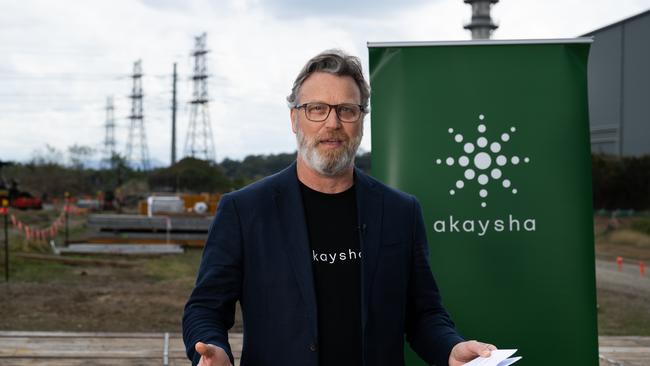
QBW
Don't miss out on the headlines from QBW. Followed categories will be added to My News.
The renewable economy will not be built with just solar panels and wind turbines.
Giant battery storage systems will be needed when the sun is not shining and the wind is not blowing, according to Paul Curnow, the managing director of BlackRock-backed Akaysha Energy.
Akaysha is rolling out a network of large-scale batteries around the country, last week breaking ground on a $200m battery project at Brendale, north of Brisbane, with enough capacity to power 300,000 homes.
“Large-scale batteries will increasingly be needed to support decarbonisation,” said Mr Curnow. “The volatility of the National Electricity Market (NEM) is only going to increase as baseload power exits and more renewables come online.
“Queensland in particular will need a lot of battery storage to support roof top solar and as coal-fired power stations are phased out.”
The Brendale project is being built in the shadow of the main high-voltage power connector in Southeast Queensland, maximising the ability of the battery to efficiently supply power to the grid. “Brendale is a crucial step in our mission to rapidly deploy large-scale battery storage systems, and enhance grid stability and energy security while driving the global shift to sustainable energy,” said Mr Curnow.
Mr Curnow said the Brendale project would provide energy arbitrage to support the NEM and integrate solar and wind power by leveraging existing transmission infrastructure in the region.
He said the company’s batteries would work hand-in-hand with other storage technologies such as pumped hydro and home-based batteries.
Large-scale battery storage can function as significant power sources within the energy network, while smaller batteries can be used in homes for backup power or co-ordinated in a system called a Virtual Power Plant (VPP).
The Australian Energy Council says Australia’s current storage capacity is 3GW, including batteries, VPPs and pumped hydro.
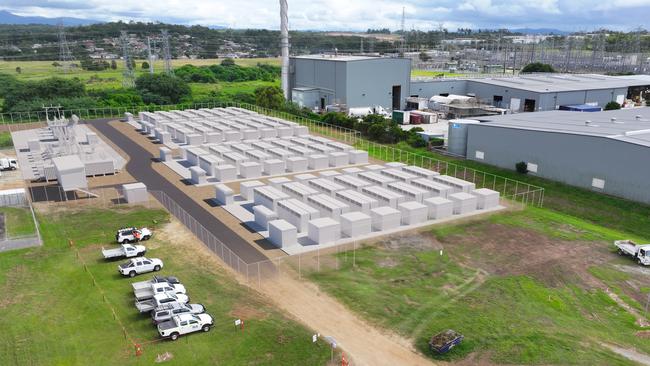
The Australian Energy Market Operator (AEMO) forecasts that Australia will need at least 22GW by 2030 – a more than 700 per cent increase in capacity in the next six years. The market operator’s forecasts Australia will need at least 49GW of storage by 2050 in order to reach net zero.
The Brendale battery, which is located next to the South Pine substation, the central node of Queensland’s electricity grid, and is to commence commercial operation in 2026, will use technology developed by Elon Musk’s Tesla. Mr Curnow said the company was looking at other sites for batteries around Queensland – including Gladstone, where Rio Tinto has just unveiled plans to power its giant aluminium smelting operation with renewables over the next decade.
“For these big industrial companies like Rio Tinto, the challenge has been how to financially firm the offtake of renewables,” he said. “This is where batteries help.”
Brendale is one of four batteries being built by Akaysha.
The firm recently secured financing for its Orana project in NSW.
The project, featuring one of the largest four-hour batteries globally, will add over 1.66MWh of storage capacity to the NEM when it becomes operational in 2026. Four-hour batteries at the site are designed to discharge electricity continuously for four hours or more at maximum capacity, providing support for grid stability and facilitating the integration of renewable energy sources.
Akaysha Energy currently has more than 10GWh of projects under development across Australia, 40 per cent of which are in Queensland, with more than 4GWh currently under construction. The project milestone comes on the heels of two major financing deals for Akaysha Energy, totalling $900m. These include a $650m deal with 11 domestic and foreign banks to finance its Orana project, one of the largest four-hour batteries globally, and a $250m debt raising in April.
The first-of-its-kind financial package with a group of seven banks, including CBA, will fund construction costs of two of Akaysha Energy’s Queensland projects, Brendale and Ulinda Park, which will add more than 700MWh of storage to the NEM.
More Coverage
